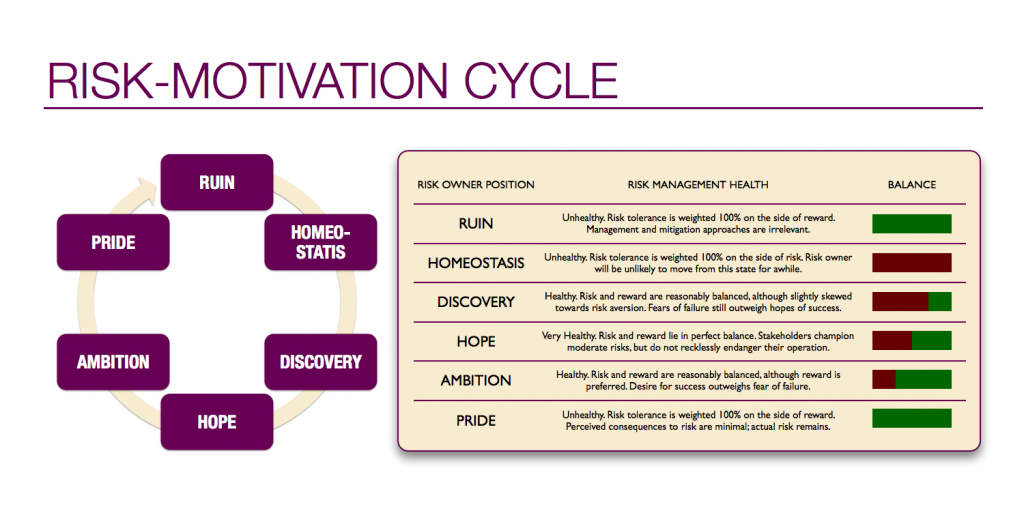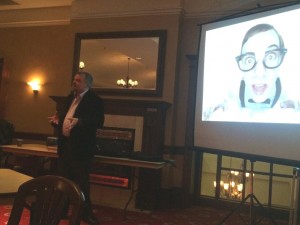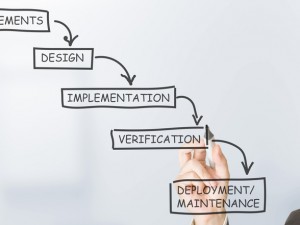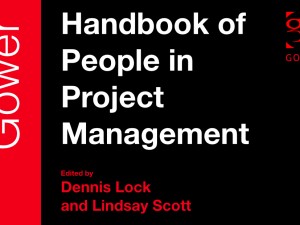“What’s that, Geoff? 4500 years of World History AND Risk Management in one paper? OMG that’s more exciting than double-protection Aquafresh!”
So a lot of you have been asking me offline, Geoff, when are you going to get around to giving us that white paper you told us you’d be publishing back in December? For those of you who don’t know, I spent last autumn back at school. During that time, I took a reading course called “A History of Project Management”. This course revolved around the great projects of the past and evaluated them under the PMI’s PMBoK lens. For example, what does the historical record tell us about the application of process groups and knowledge areas during the construction of the Giza Pyramid?
In all, I studied twelve culturally significant projects over a period of 4500 years. The timeline is pictured in the graphic below, which also contains some high level annotations.

I found this exercise quite fascinating, especially since many people think of project management as a relatively new discipline. In point of fact, we’ve been practicing project management as a society, using the framework the PMI describes for as long as we’ve been able to make things. Maybe we didn’t call the steps we took by the same names we call them today, but evidence of the processes remain. This work we do is ancient.
Given the sheer volume of data available to me during my research, I chose to hone in on one particular aspect of project management for my paper: project risk maturity. Based on information contained within the texts, I performed qualitative risk assessments of all twelve projects, and scored their risk level before and after any mitigation strategies the project teams applied. The delta between these scores showed a very distinctive pattern over time (see the green curve in the above diagram).
In my attempt to explain this curve, I went back to the historical texts to see what was happening around the time of each project. Certain catastrophic events appeared to have direct influence over how much risk a given project was prepared to undertake. But those events informed not just individual project risk, but also influenced changes to risk management approaches intra-project. These details caused me to go over the historical timeline again and evaluate societal “sophistication” which I measured using a rubric. I then plotted this data against the risk maturity curve (see the orange-ish curve in the above diagram) and found an interesting correlation in pattern.
Could an organization’s sophistication be a direct function of its approach to project risk? What does that mean for modern projects?
My conclusion was that a project’s outcome depends on a healthy balance between anticipated risk versus reward. This balance emerges directly from a project’s objectives…which are set at the very beginning of a project. Too great an emphasis on one side or the other can sabotage the project and result in unsatisfied stakeholders. I called this balance risk-motivation in my paper and believe it follows a predictable, cyclical pattern (see the below diagram).

If, after reading all the above (yawn-o-rama), you’re still interested in thumbing through the white paper, you can snag a copy right here. The paper was great fun to work on, and has resulted in more than a couple speaking gigs. If you do give it a read, please feel free to publish your comments right here on this page. I promise I’ll let them through no matter how bad you decide to slag me!
(Incidentally I got 95% in the course! Woo hoo! *grin*)





